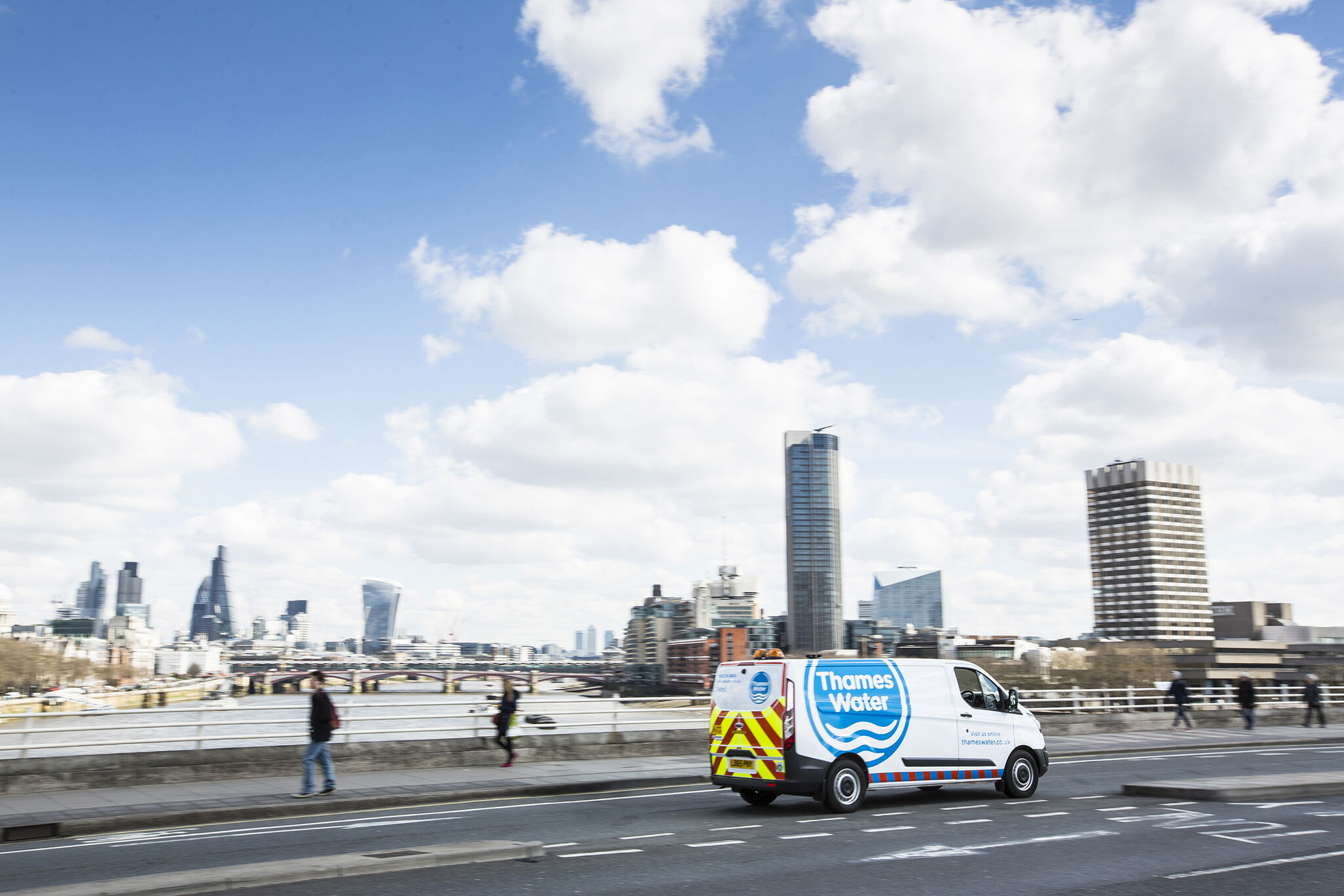Thames Water has announced a hosepipe ban affecting approximately 1.1 million people across Swindon, Gloucestershire, Oxfordshire, Berkshire and Wiltshire, starting 22 July 2025. This unprecedented restriction is a response to prolonged dry weather and soaring water demand amid record-breaking hot temperatures. As the construction sector plays a critical role in these regions, understanding how the ban impacts construction site water usage is essential—along with assessing whether London could face similar restrictions in the near future.
What the Hosepipe Ban Means
The ban prohibits the use of hosepipes for non-essential purposes such as watering gardens, washing vehicles, or filling paddling pools. Offenders face fines up to £1,000. While businesses where hosepipe use is integral—like garden centres and car washes—are exempt, everyone is urged to use water mindfully.
Notably, this restriction currently affects postcode areas OX, GL, SN, RG4, RG8, and RG9. The Environment Agency has also declared a prolonged dry weather state for parts of Oxfordshire, Berkshire and Surrey. This move follows similar bans by Yorkshire Water and South East Water, impacting millions across England.
The ban prohibits the use of hosepipes for non-essential purposes such as watering gardens, washing vehicles, or filling paddling pools. Offenders face fines up to £1,000. While businesses where hosepipe use is integral—like garden centres and car washes—are exempt, everyone is urged to use water mindfully.
Notably, this restriction currently affects postcode areas OX, GL, SN, RG4, RG8, and RG9. The Environment Agency has also declared a prolonged dry weather state for parts of Oxfordshire, Berkshire and Surrey. This move follows similar bans by Yorkshire Water and South East Water, impacting millions across England.
Impact on Construction Sites in Affected Regions
Construction activities rely heavily on water for tasks including dust suppression, concrete mixing, cleaning and equipment maintenance. For sites in affected areas, this ban demands immediate action to reduce water consumption without compromising safety or project timelines. Construction companies should:
Construction activities rely heavily on water for tasks including dust suppression, concrete mixing, cleaning and equipment maintenance. For sites in affected areas, this ban demands immediate action to reduce water consumption without compromising safety or project timelines. Construction companies should:
💧Assess water use: Conduct an immediate audit of current water consumption and identify where reductions can be made.
💧Implement water-saving measures: Use water-efficient technologies such as misting systems for dust control or recycling wash water where possible.
💧Train staff: Educate site personnel on the importance of water conservation and practical ways to reduce wastage.
💧Plan for alternative supplies: Consider using stored rainwater or licensed borehole water where legally permitted and safe.
💧Monitor compliance: Ensure no unauthorised hosepipe use occurs to avoid fines and reputational damage.
Given the legal and environmental risks, contractors must incorporate water management into their health, safety, and environmental procedures promptly.
💧Monitor compliance: Ensure no unauthorised hosepipe use occurs to avoid fines and reputational damage.
Given the legal and environmental risks, contractors must incorporate water management into their health, safety, and environmental procedures promptly.
Could London Face a Similar Ban?
Though London is not currently included in Thames Water’s hosepipe ban, the situation warrants close attention. Thames Water serves much of London, and rising temperatures, coupled with growing population and infrastructure demand, place increasing strain on the capital’s water resources.
Construction companies in London are therefore advised to:
✅ Stay updated on announcements from Thames Water and the Environment Agency.
✅ Preemptively adopt water-saving protocols on sites.
✅ Engage with clients and contractors to promote sustainable water use practices.
✅ Explore innovative water management solutions, including water recycling and smart monitoring.
✅ Explore innovative water management solutions, including water recycling and smart monitoring.
The Thames Water hosepipe ban is a clear signal that water scarcity is an urgent challenge for both regional areas and London. Construction companies must act now to adopt water-saving strategies, prepare for possible future restrictions, and contribute to sustainable water management.
By staying informed and implementing best practices, the construction industry can help safeguard water resources while maintaining productivity and compliance.
By staying informed and implementing best practices, the construction industry can help safeguard water resources while maintaining productivity and compliance.

